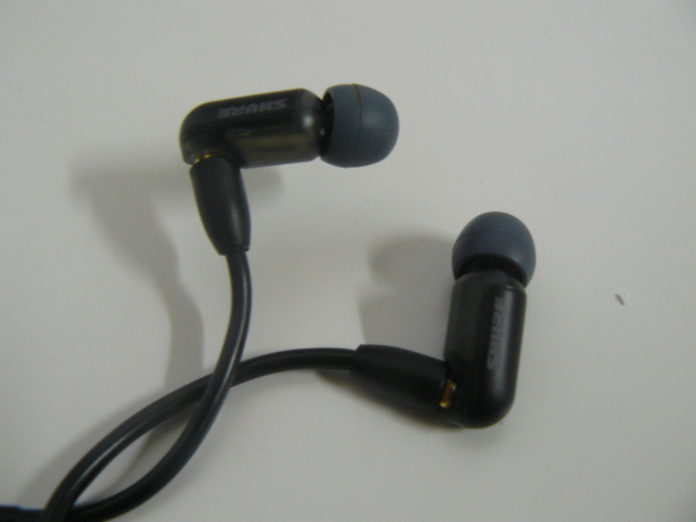The Aonic series has become one of the highlights of Shure’s current run of consumer headphones. Each installment offers a satisfying sound that audiophiles and common listeners can enjoy. The Aonic 50 is currently my pick for the best wireless headphone of the year, but Shure has offered a lot more in this particular line this year as well. One of which comes from the Aonic series brand of earphones, the Aonic 3. The question here is what can the Aonic 3 do to differentiate itself with not only other models in this line, but other earphones in this $199 price range as well. Let’s see if this earphone can live up to the successful Aonic name.
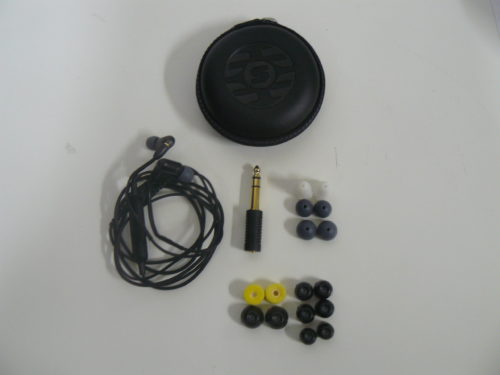
What You Get
If you’ve purchased an Aonic product before, this packaging might be familiar to you. The Aonic 3 comes in its signature circular packaging that stands upright, giving the box a nice display. Inside you’ll recognize Shure’s branded hard case, as well the earphones themselves sitting in their plastic inserts. The buds will be already attached to their cable, which is a 3.5mm, 1 pin detachable connector. Inside the hard case, you’ll find a variety of different ear tip styles and sizes.
I found 3 sizes of foam tips and rubber tips, even a single pair of triple flange tips as well. Shure also includes a single pair of bright yellow foam sleeves, which is something I don’t see very often. I’m glad Shure sees the value in different styles of ear tips, as they can have a great effect on comfort and sound quality. Lastly, you’ll get a quarter-inch adapter if you’d like to use the Aonic 3 for monitoring purposes.
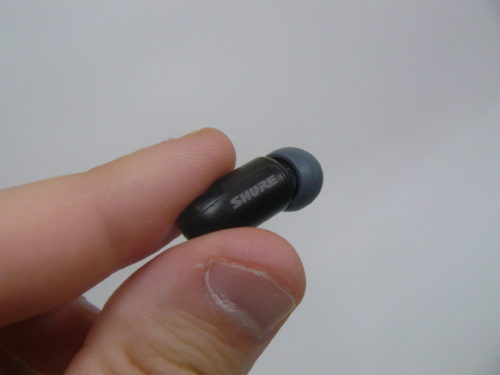
Look and Feel
The Aonic 3 takes an Etymotic style stem design, which is a hit or miss design for some. The housing here is a little bit thicker than Etymotic’s architecture but still consists of a long stem and nozzle. The nozzle has no lip, but it’s particularly easy to change up ear tips as they slide onto the apparatus easily. The housing doesn’t protrude out too far either, it seems like its the right compact size for an adequate fit. The wrap of the cable around your ear takes a minute to adjust, making a secure fit obtainable but with some effort.
Ear tip selection plays an important role in comfortability. I made sure to try 1 of each pair, and they all had varying levels of pleasure. The triple flange tips are the ones that really didn’t work for me, even though I find no issue with the design on other models. The rubber tips provided the most comfort when getting the right sweet spot for them, with the foam tips coming in at a close second. It’s not an immediate comfort as they take a little while to break in, but finding your perfect tip combination will make or break this earphone fit for you.
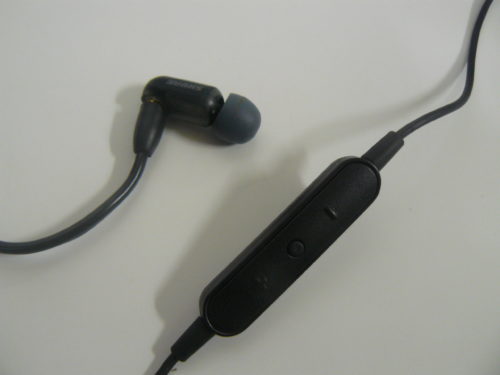
Design
The build of the Aonic 3 is your standard wired earphone, nothing all that fancy going on here. They use a single balanced armature of undisclosed size and incorporate sound-isolating technology that reduces up to 35dB of ambient noise. It’s not noise-canceling but tries to emulate the effect without significantly hurting Shure’s desired sound signature. The MMCX cable supports a three-button control system that can play/pause your tracks and increase/decrease volume. It also contains a built-in microphone for taking calls. The interaction is seamless and has an ideal response time with little delay. Overall this is a simple, but well-constructed design that should appease most listeners.
Output
It’s amusing that Shure would include a quarter-inch adapter of the Aonic 3, since they’re very easy to drive at only 28 Ohms of resistance. This isn’t even the lowest resistance model of the Aonic earphone line, but Shure has included a jack anyway to delight amp users alike. I found that plugging the Aonic 3 into a pair of computer speakers through 3.5mm inputs was the more intended listening experience for this specific model. Frequency response reaches between 22Hz-18.5kHz which is a tiny bit below the standard but shouldn’t affect sound quality too much for this earphone.
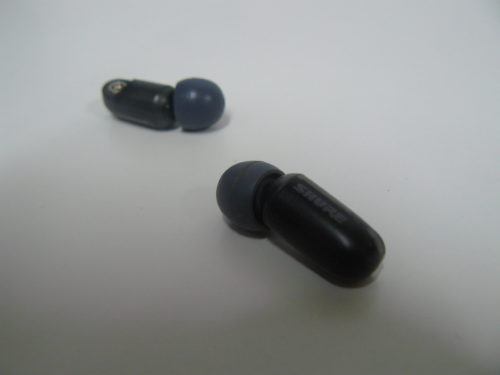
Soundstage
I shouldn’t say I was surprised by the staging and imaging, because I always expect good things from Shure, but I was still impressed with both width and separation on the Aonic 3. These earphones present a sizable stereo field that’s linear, but effective with wide operatic tracks. Imaging is accurate, as each element is strictly placed in the position it’s meant to, operating a full sounding range of sonic clarity. Separation is also done impeccably well for a pair of earphones, especially in the mid-range where I thought vocals got a major spotlight. The Aonic 3 did really well balancing the distorted, groovy hard rock sounds of Them Crooked Vultures in tracks like “No One Loves Me and Neither Do I,” where Josh Homme’s vocals shine through the heavily distorted guitars and pounding percussion.
Low End
On first listen of the Aonic 3, you might be asking “where is the bass?” While there’s definitely some noticeable response, the bass plays an almost aggressively clean, neutral tonality. It won’t entertain everybody, but I found these lows to be precisely balanced, and while not giving the timbre much lift or impact, fulfills an overall more even tone. Some may consider it bland, but I found it quite nice when listening to more mellow tracks such as Beck’s “Morning” where bass separation excels in laid back grooves that can be perceived but not felt.
Mids
This is where the Aonic 3 really excels for me. This earphone presents a full range of mid bands that provide clarity and some surprising richness. The Aonic 3 shows the most depth in this range, as guitars, synths, and percussion elements layer over each other nicely, and with excellent transparency. I previously mentioned how great vocals sounded on the Aonic 3, and they really are fantastic, especially when they reach the upper treble range where the most detail can be heard. I tested the track “All The Pretty Little Horsies” by Current 93 and the Aonic 3 delivered the sinister whispering vocals and crispy acoustic guitar with great transparency, giving the track a preferred immersive effect I look for when delving into this album.
Highs
While I wouldn’t say the Aonic 3 has a top-end heavy stage, the highs still show a certain degree of accuracy, with bright tones here and there. I feel like there’s a threshold the treble reaches just before becoming too bright but scales back right before the timbre reaches that area of harshness. You’ll get a full range that might not be texturally pleasant, but wholly accurate to the mix.
Summary
Shure lays down another enjoyable product that produces a clean, accurate timbre for analytical listeners for an inexpensive price. It might not be for everyone, but those who enjoy hard rock sounds, or intimate vocal performances should find pleasure in the Aonic 3. Shure’s studio-quality sound reproduction translates very well to this earphone, with some minor faults in the upper treble. If you know what you’re getting into with the Aonic 3, you’re sure to have a pleasant listening experience.
Pros and Cons
Pros: Accurate signature, ear tip selection, Isolation
Cons: Break-in time, semi-bright highs
Shure Aonic 3 is available at Audio 46
MAJORHIFI may get a commission from retail offers.
Compare the ranking of various headphones, earbuds and in-ear monitors using our tools.
Discuss this, and much more, over on our forum.
---MAJORHIFI may receive commissions from retail offers.


